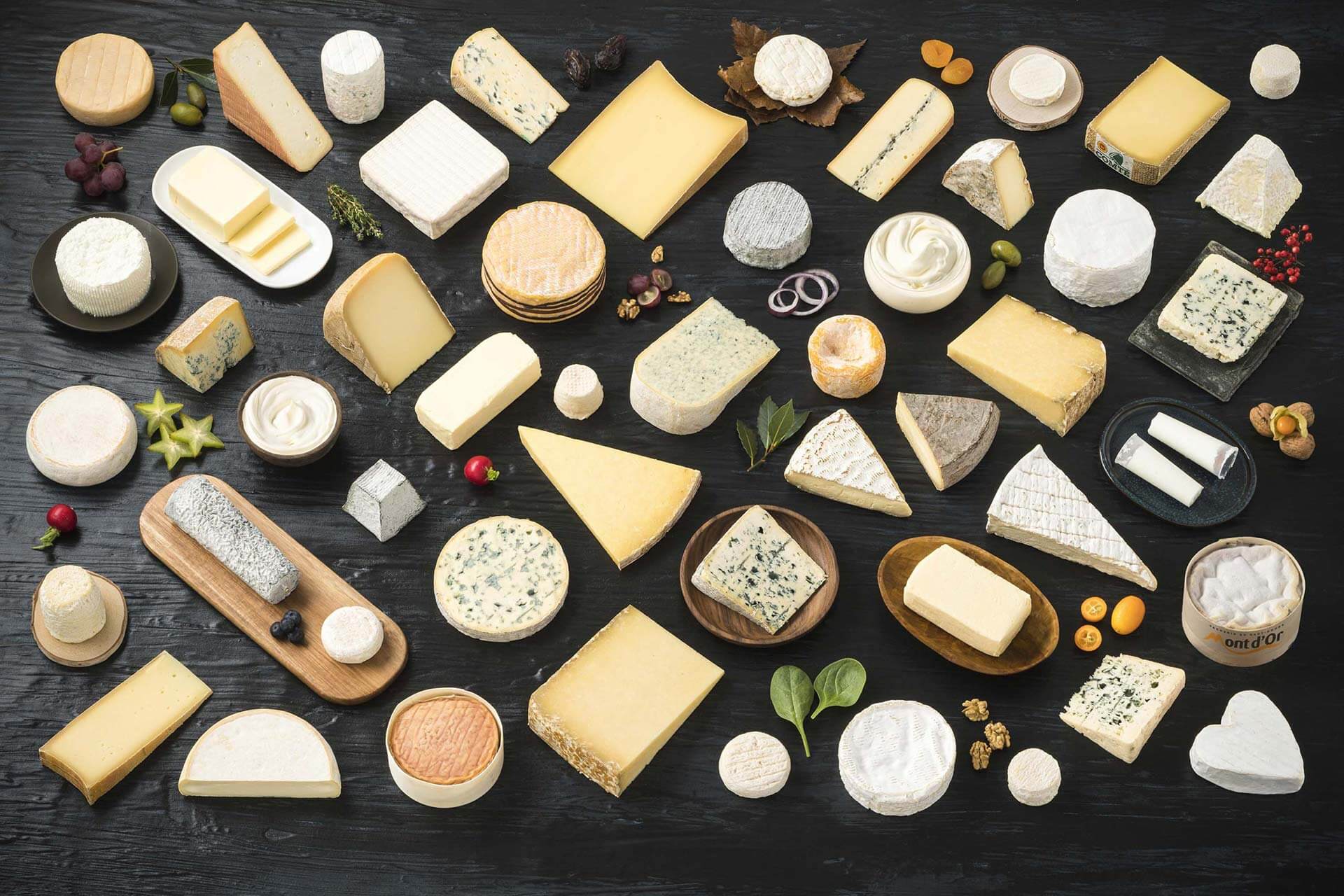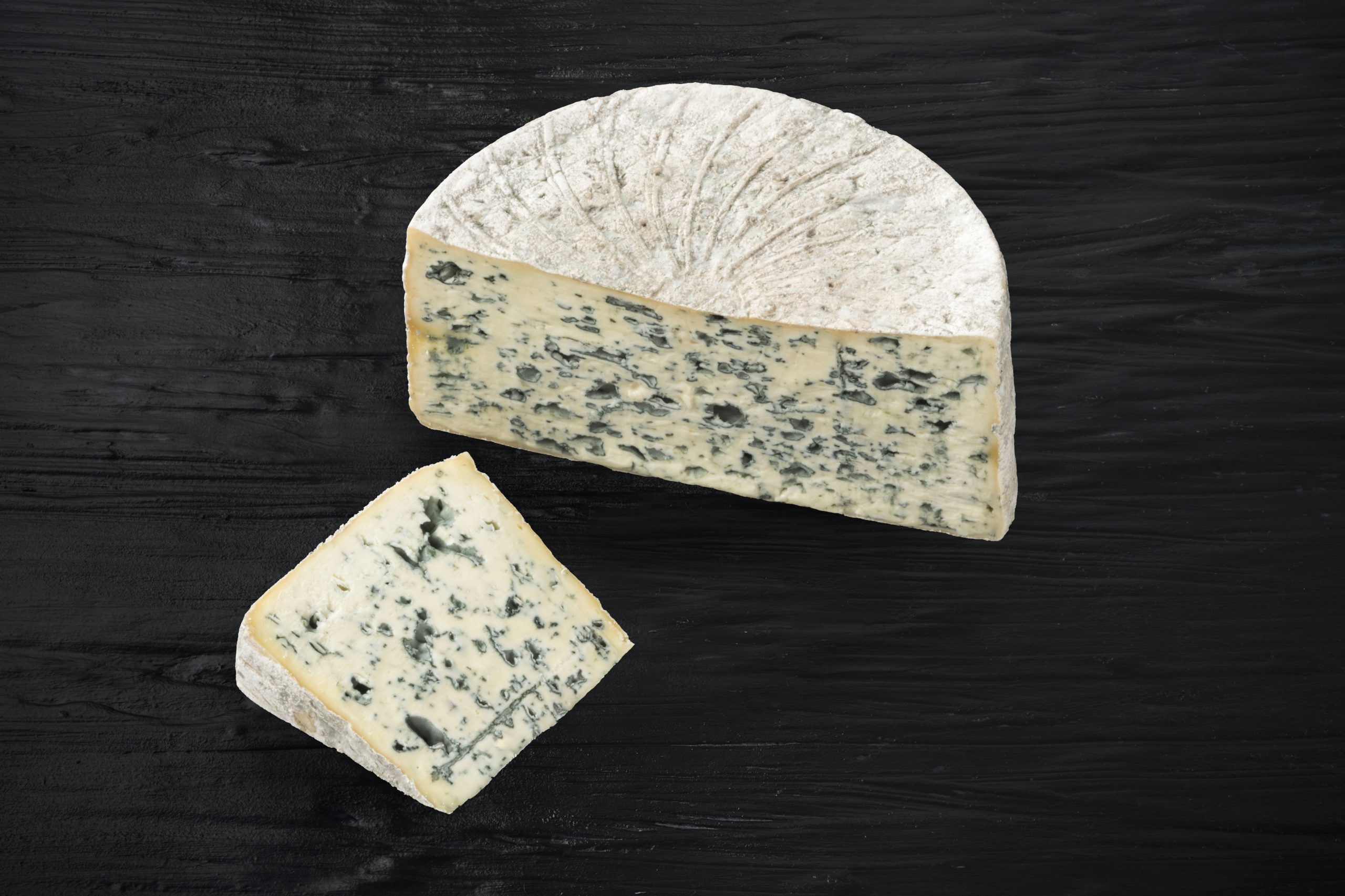Bleu d’Auvergne
PDO Bleu d'Auvergne, an intense moment
Would Bleu d’Auvergne have existed without Antoine Roussel, a native of Auvergne who went to Rouen to do an internship in a pharmacy? This is the boy to who discovered the secret to developing the taste of blue moulds, which he perfected in 1854 and which has been shared among producers. One and half centuries later, this blue-veined cow’s milk cheese continues to delight lovers of strong, fragrant taste.
-
Cheeser
Cow’s milk -
YEAR OF LABELLING
1975 -
Raw milk or thermised/pasteurised milk
-
Blue-veined cheese
Key figures
-
1 305 Milk producers
-
8 Farmhouse producers
-
6 Production plants
-
4 762 Tons marketed in 2020
READ MORE
www.fromage-aop-bleu-auvergne.com/

